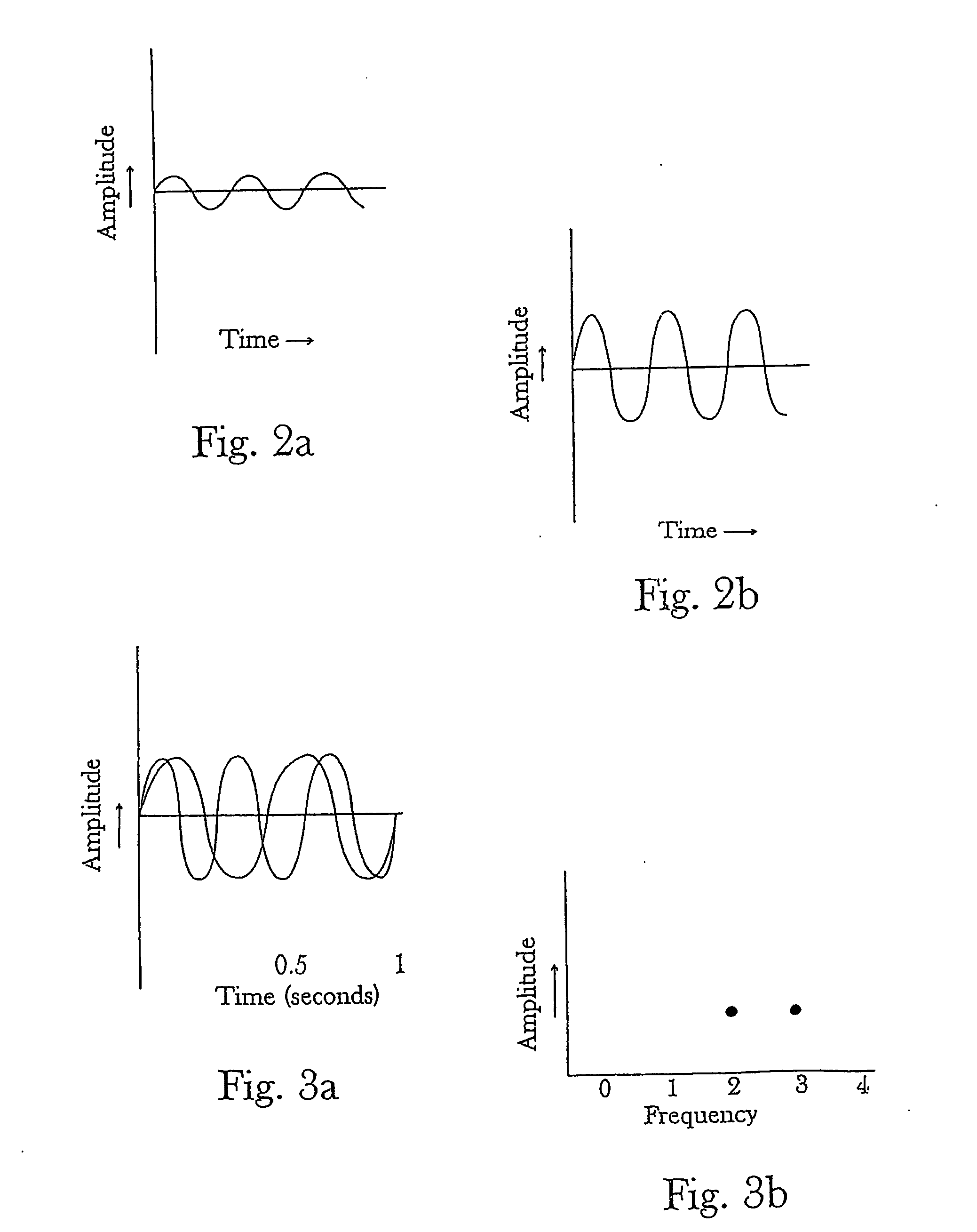Electrochemistry technical field
- Summary
- Abstract
- Description
- Claims
- Application Information
AI Technical Summary
Benefits of technology
Problems solved by technology
Method used
Image
Examples
example 1
Replacing a Physical Catalyst with a Spectral Catalyst in a Gas Phase Reaction 2H2+O2>>>>platinum catalyst >>>>2H2O
[0908] Water can be produced by the method of exposing H2 and O2 to a physical platinum (Pt) catalyst but there is always the possibility of producing a potentially dangerous explosive risk. This experiment replaced the physical platinum catalyst with a spectral catalyst comprising the spectral pattern of the physical platinum catalyst, which resonates with and transfers energy to the hydrogen and hydroxy intermediates.
[0909] To demonstrate that oxygen and hydrogen can combine to form water utilizing a spectral catalyst, electrolysis of water was performed to provide stoichiometric amounts of oxygen and hydrogen starting gases. A triple neck flask was fitted with two (2) rubber stoppers on the outside necks, each fitted with platinum electrodes encased in glass for a four (4) inch length. The flask was filled with distilled water and a pinch of salt so that only the g...
example 2
Replacing a Physical Catalyst with a Spectrl Catalyst in a Liquid Phase Reaction H2O2>>>>platinum catalyst >>>>H2O+O2
[0913] The decomposition of hydrogen peroxide is an extremely slow reaction in the absence of catalysts. Accordingly, an experiment was performed which showed that the physical catalyst, finely divided platinum, could be replaced with the spectral catalyst having the spectral pattern of platinum. Hydrogen peroxide, 3%, filled two (2) nippled quartz tubes. (the nippled quartz tubes consisted of a lower portion about 17 mm internal diameter and about 150 mm in length, narrowing over about a 10 mm length to an upper capillary portion being about 2.0 mm internal diameter and about 140 mm in length and were made from PhotoVac Laser quartz tubing). Both quartz tubes were inverted in 50 ml beaker reservoirs filled with (3%) hydrogen peroxide to about 40 ml and were shielded from incident light (cardboard cylinders covered with aluminum foil). One of the light shielded tubes...
example 3
Replacing a Physical Catalyst with a Spectral Catalyst in a Solid Phase Reaction
[0917] It is well known that certain microorganisms have a toxic reaction to silver (Ag). The silver electronic spectrum consists of essentially two ultraviolet frequencies that fall between UV-A and UV-B. It is now understood through this invention, that the high intensity spectral frequencies produced in the silver electronic spectrum are ultraviolet frequencies that inhibit bacterial growth (by creation of free radicals and by causing bacterial DNA damage). These UV frequencies are essentially harmless to mammalian cells. Thus, it was theorized that the known medicinal and anti-microbial uses of silver are due to a spectral catalyst effect. In this regard, an experiment was conducted which showed that the spectral catalyst emitting the spectrum of silver demonstrated a toxic or inhibitory effect on microorganisms.
[0918] Bacterial cultures were placed onto standard growth medium in two petri dishes (...
PUM
| Property | Measurement | Unit |
|---|---|---|
| Fraction | aaaaa | aaaaa |
| Fraction | aaaaa | aaaaa |
| Length | aaaaa | aaaaa |
Abstract
Description
Claims
Application Information
 Login to View More
Login to View More - R&D
- Intellectual Property
- Life Sciences
- Materials
- Tech Scout
- Unparalleled Data Quality
- Higher Quality Content
- 60% Fewer Hallucinations
Browse by: Latest US Patents, China's latest patents, Technical Efficacy Thesaurus, Application Domain, Technology Topic, Popular Technical Reports.
© 2025 PatSnap. All rights reserved.Legal|Privacy policy|Modern Slavery Act Transparency Statement|Sitemap|About US| Contact US: help@patsnap.com



